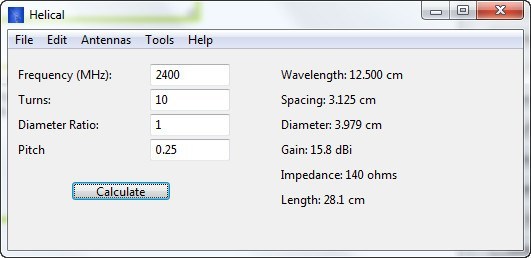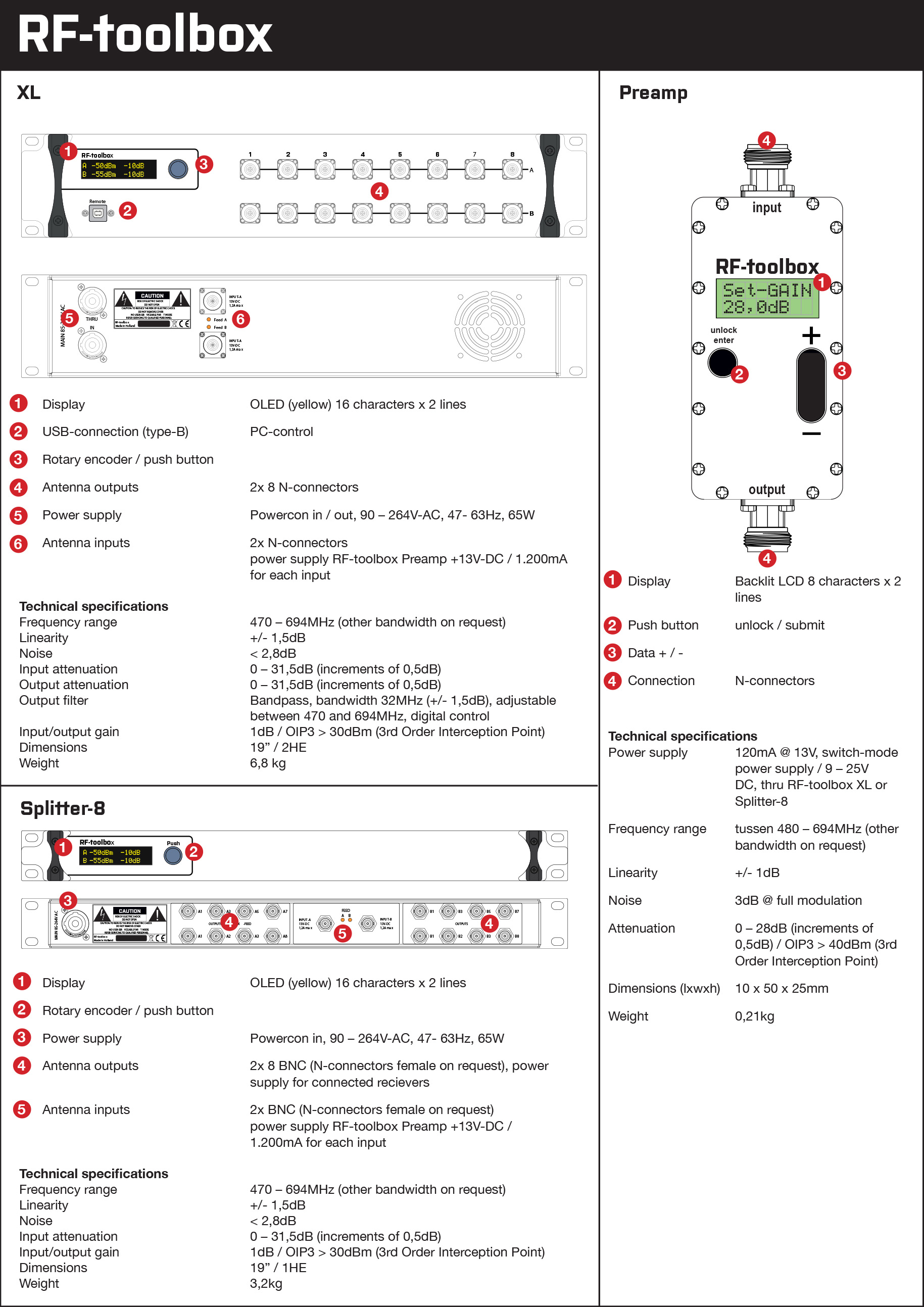

As a result, if a common mode filter/choke that does not pass the OPEN Alliance standard is used, noise may be radiated and interfere with radio and so on, which may have an impact on other communications. "As can be seen from the EMC measurement results, common mode filters/chokes that are not designed for automotive Ethernet have poor EMI noise suppression and BCI immunity. TDK's Common Mode Filters/Chokes Compatible with Automotive EthernetĪs automotive common mode filters/chokes compatible with automotive Ethernet, TDK has common mode filters/chokes for 100BASE-TBASE-T1 use compliant the OPEN Alliance standards. It can be seen that compared to the ACT1210L-201 common mode filter/choke for automotive Ethernet use, the ACT1210-110 common mode filter/choke for CAN-BUS use cannot satisfy the OPEN Alliance standards." "Figure 1 shows a comparison of the ACT1210-110 common mode filter/choke for CAN-BUS use with the ACT1210L-201 common mode filter/choke for automotive Ethernet use as an example. In this document, we present radiated EMI, conducted EMI, and BCI results for the ACT1210L-201, which complies with the OPEN Alliance 100BASE-T1 standards, and the ACT1210-110, which does not comply with those standards, common mode filters/chokes. The OPEN (One-Pair Ether-Net) Alliance Special Interest Group (SIG) recommends the 100BASE-TBASE-T1 standards for automotive Ethernet.

All methods for the data analysis in this study are supported with fully open-source scripts that can aid in every step of BCI technology. Our EEG dataset can be utilized for a wide range of BCI-related research questions. all participants were able able to control at least one type of BCI system. Interestingly, we found no universally illiterate BCI user, i.e.
#Rf toolbox bci pro#
they were able to pro ciently perform all three paradigms. Furthermore, we found that 27.8% (15 out of 54) of users were universally BCI literate, i.e. Compared to the ERP and SSVEP paradigms, the MI paradigm exhibited large performance variations between both, subjects and sessions. Furthermore, we looked for more general, severe cases of BCI illiteracy than have been previously reported in the literature.Īverage decoding accuracies across all subjects and sessions were 71.1% (☐.15), 96.7% (☐.05), and 95.1% (☐.09), and rates of BCI illiteracy were 53.7%, 11.1%, and 10.2% for MI, ERP, and SSVEP, respectively. We evaluated the decoding accuracies for the individual paradigms and determined performance variations across both, subjects and sessions. In addition, information about the psychological and physiological conditions of BCI users was obtained using a questionnaire, and task-unrelated parameters such as resting state, artifacts, and electromyography of both arms were also recorded. In this paper, we present a BCI dataset that includes the three major BCI paradigms with a large number of subjects over multiple sessions. Electroencephalography (EEG)-based brain-computer interface (BCI) systems are mainly divided into three major paradigms: motor-imagery (MI), event-related potential (ERP), and steady-state visually evoked potential (SSVEP).


 0 kommentar(er)
0 kommentar(er)
